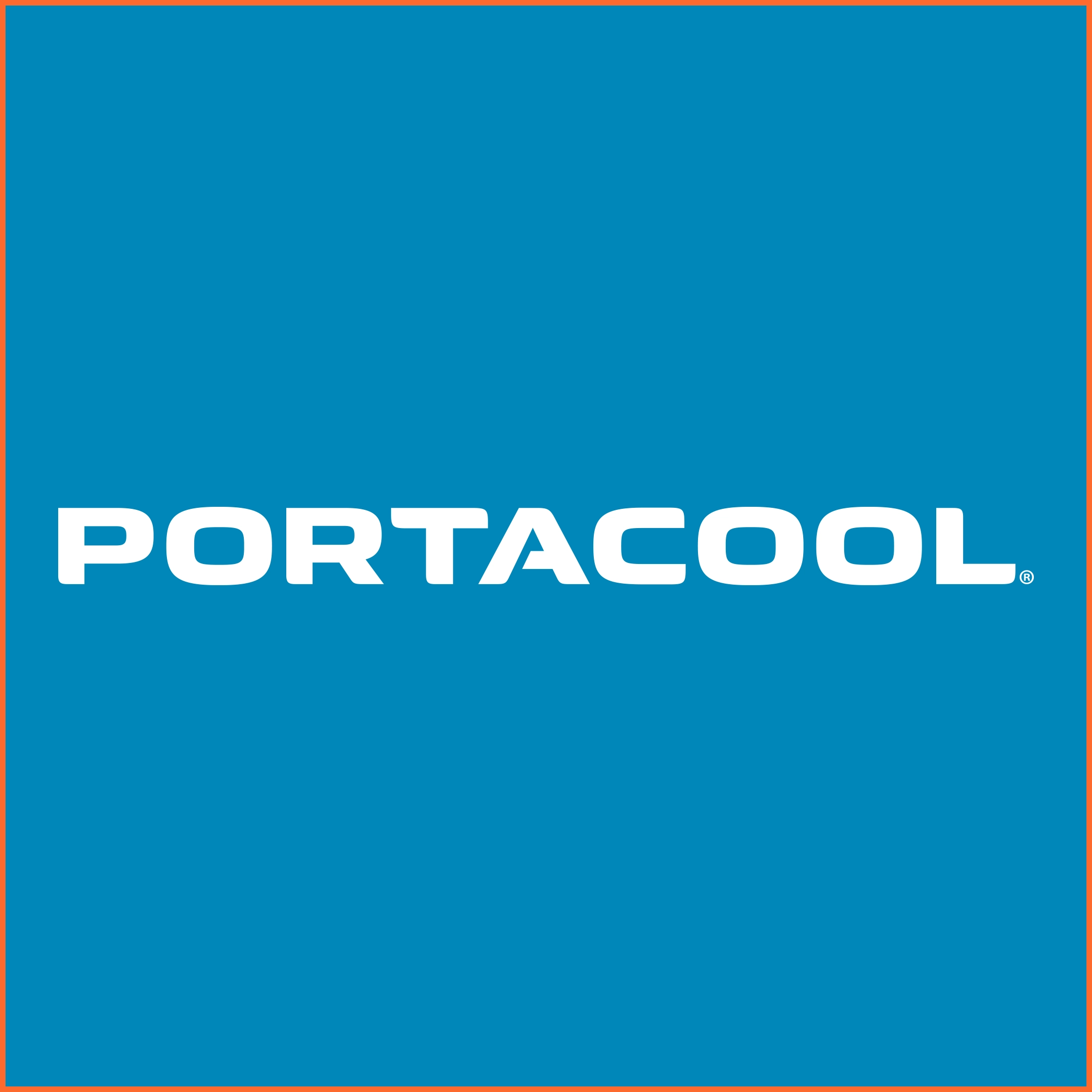Keep Kuul: Maintaining Production Excellence from Assembly to Delivery
A company’s production processes must be the best to deliver best-in-class products. Joshua Sanford may be new to the Portacool family, but he knows work excellence when he sees it.
Sanford, Portacool’s Manager of Production Engineering, spoke about the philosophy that helps produce quality products that serve as the cooling industry’s benchmark.
The team culture Portacool instills within its employees is what Sanford pointed to as the secret to a successful production process.
“We strive for quality not only in our products but also to our people,” Sanford said. “We have an environment where everybody adds to the quality of our product. Everybody’s a customer of the person up the line from them, and, therefore, you constantly get a place where our quality standards are lifted beyond what most of the industry sees.”
But with high product quality, can one assume higher costs? Sanford didn’t believe that was necessarily the case.
“When you look at costs, it depends on what your view of quality is,” Sanford said. “If you’re OK with a mediocre product, then you’re OK with lowering that cost. But if you want to be the industry leader, which we are, then we take those costs into account in different manners. That is, we value that satisfaction of our customer with the quality of our product more than we value just the bottom line.”
And satisfaction, or never resting on satisfaction, is an essential part of Sanford’s role at Portacool. His belief is a product or process can always improve. Sanford just completed a visit to the Netherlands to see how Portacool’s products faired under overseas travel conditions. He returned with a book filled with notes on ideas for process improvements.
Follow us on social media for the latest updates in B2B!
Twitter – @MarketScale
Facebook – facebook.com/marketscale
LinkedIn – linkedin.com/company/marketscale




